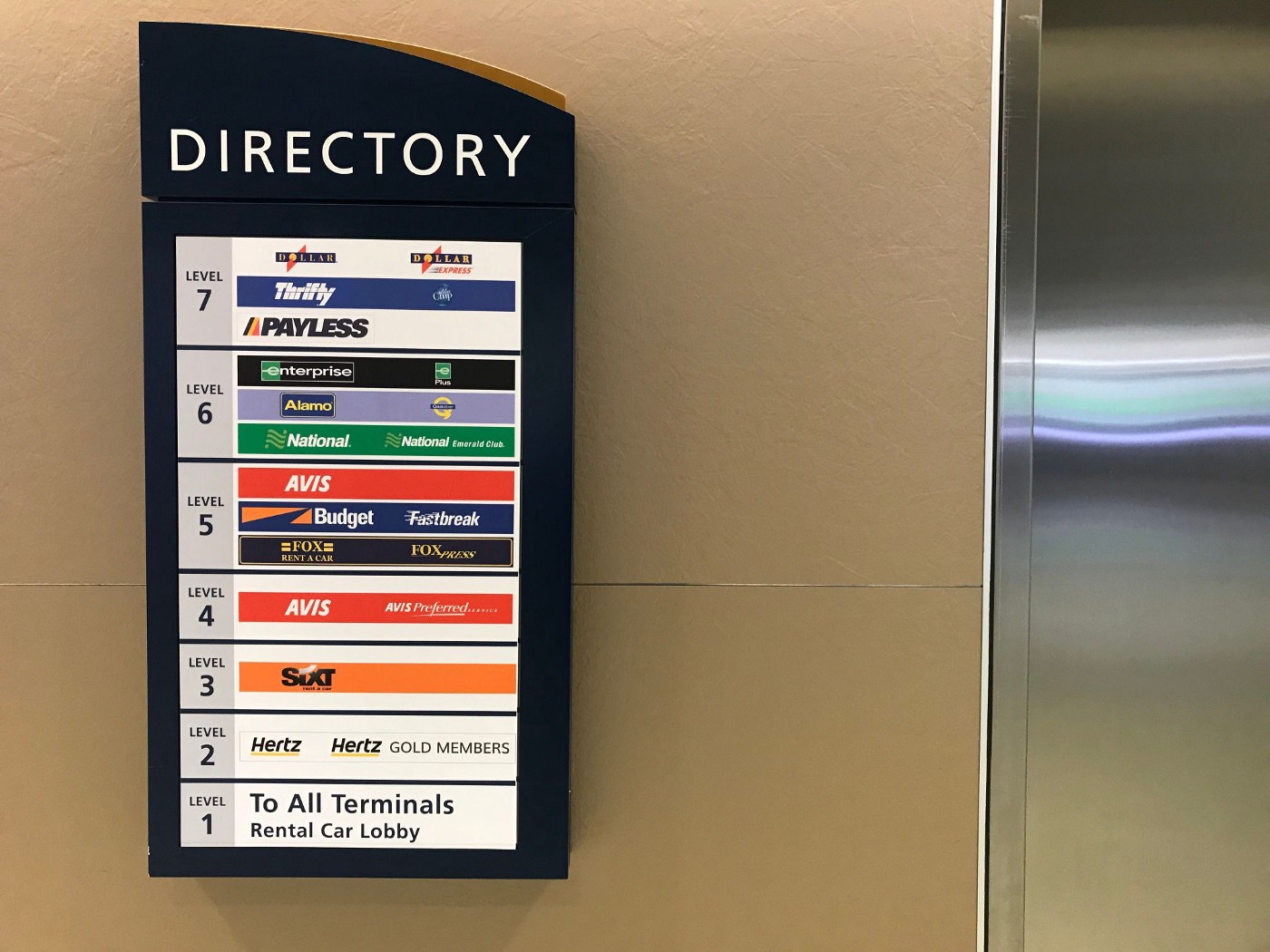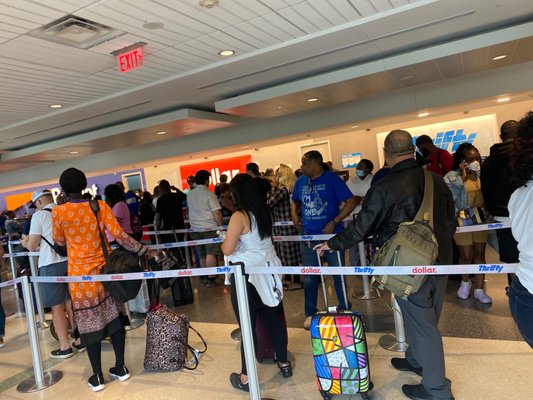
Before you leave, be sure to check for damage
Before you leave your rental car, make sure to inspect the vehicle for any damage. Before you leave, take photographs of any damage to the car. This will help you avoid having to pay for damages you did not cause. Your smartphone might also be useful for taking photos with a timestamp.
Damage can include a single scratch or several small dings on the body. The rental company may ask you to pay if the scratches extend beyond 2 inches. The reason for this is that a previous customer may have scratched the car rental company may have missed the scratch during the inspection.
Check out the interior
Inspecting the interior of a car rental is a must. It is important to inspect the car's interior for any damages. Be sure to inspect the roof for damage. Also, take note of the condition and condition of your car's brakes, wheels, and tires.

It is crucial to inspect the interior of a rental car, because you'll be responsible for any damages if you damage the car. Most reliable rental car companies will provide a damage report. However, car rental companies that refuse a damage report should be avoided.
Check the tyres
Before you rent a car, make sure you inspect the tyres. There are many things you may forget about when driving. However, it's crucial to know how to care for these important elements. Make sure you check the fluids in your car and that it has the tools and the jack needed to replace a flat tire. It's not a good idea to have your car break down in the middle of the road.
A simple tire check can prevent costly repairs and towing. A worn tire will reduce the car's traction. Too worn tires can cause accidents if you hit something.
Examine the exterior
Before you rent a car, inspect its exterior before you drive away. It's unlikely that you'll get the same make and model as you do at home, so take the time to familiarize yourself with the rental car before you drive it away. Take a look at the car's features such as air conditioning, lights, windshield wipers, and handbrake.

The car's exterior is usually the most visible, but it is worth inspecting the interior. You should inspect the interior for damage, such as dents or small scratches. Although some problems may not be visible under the hood or in the interior, there might be odors or damage to the upholstery. Cracks in dashboards and floorboards could also indicate potential problems.